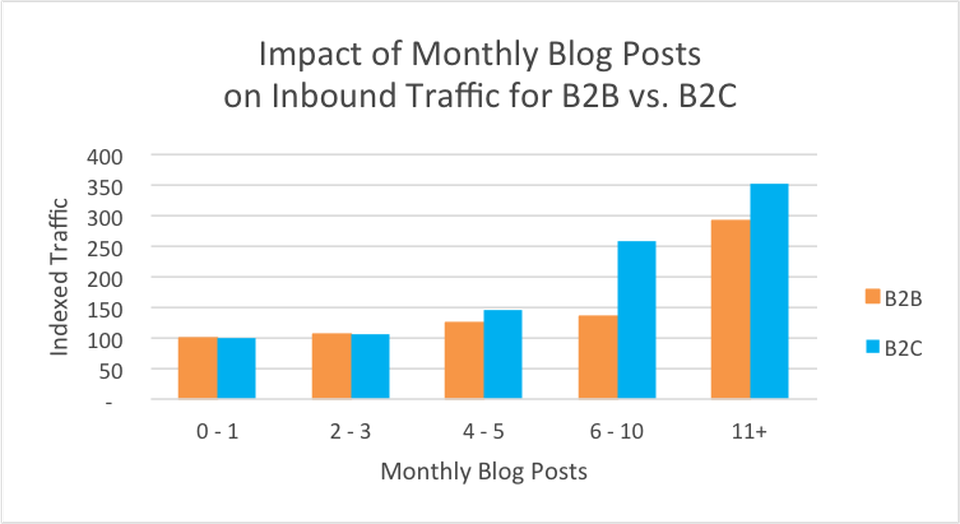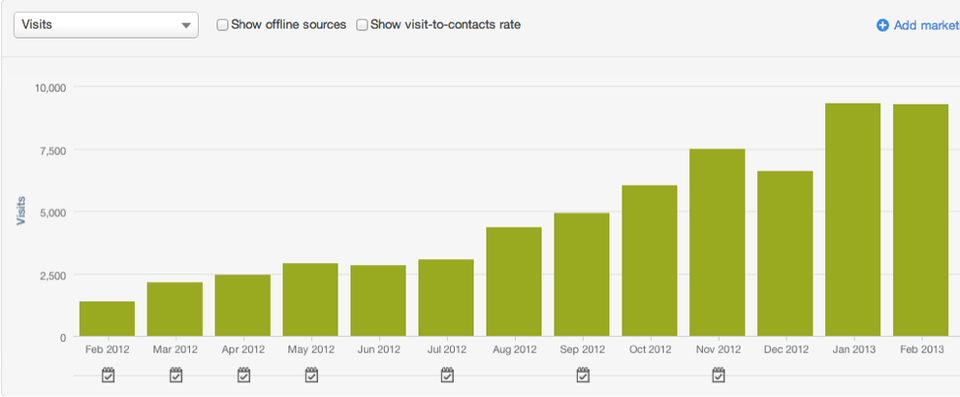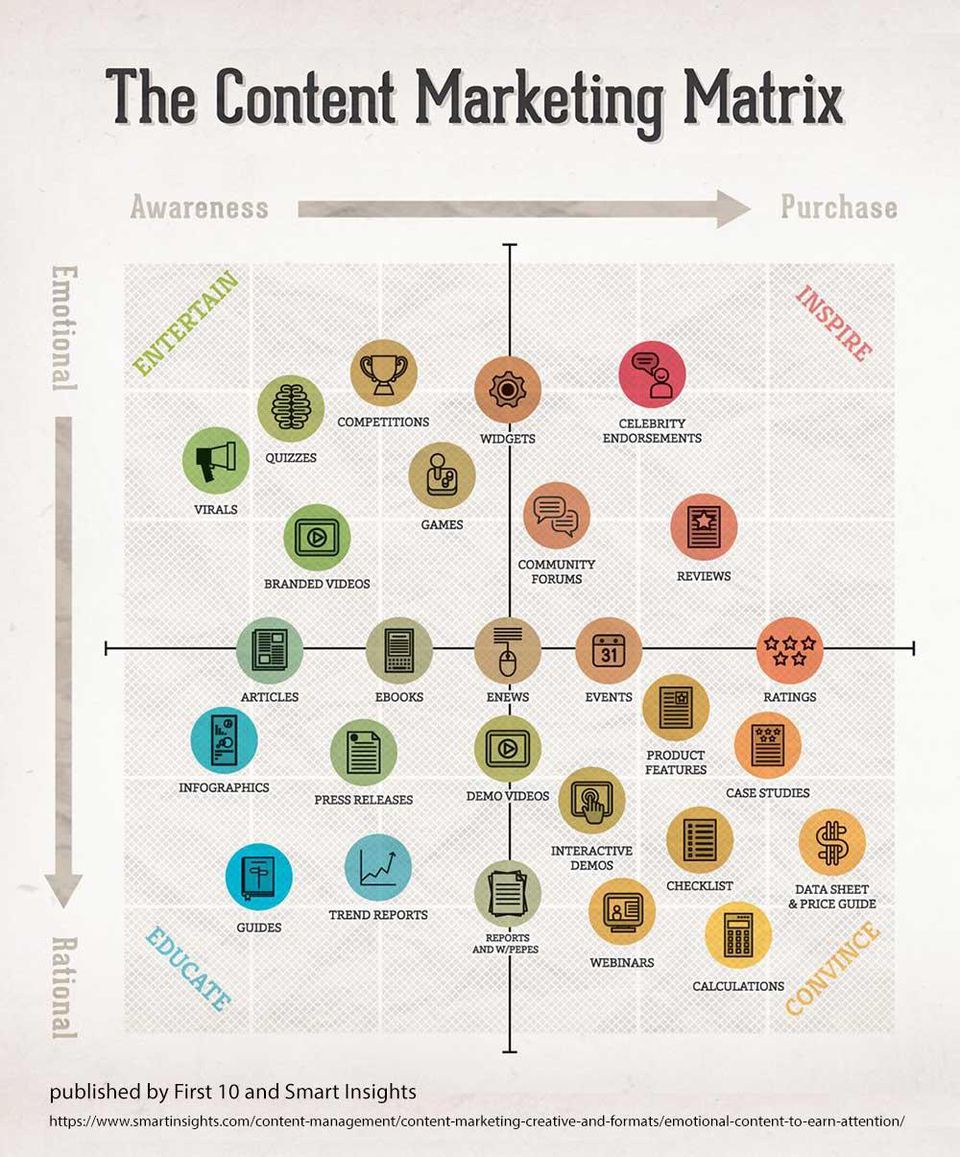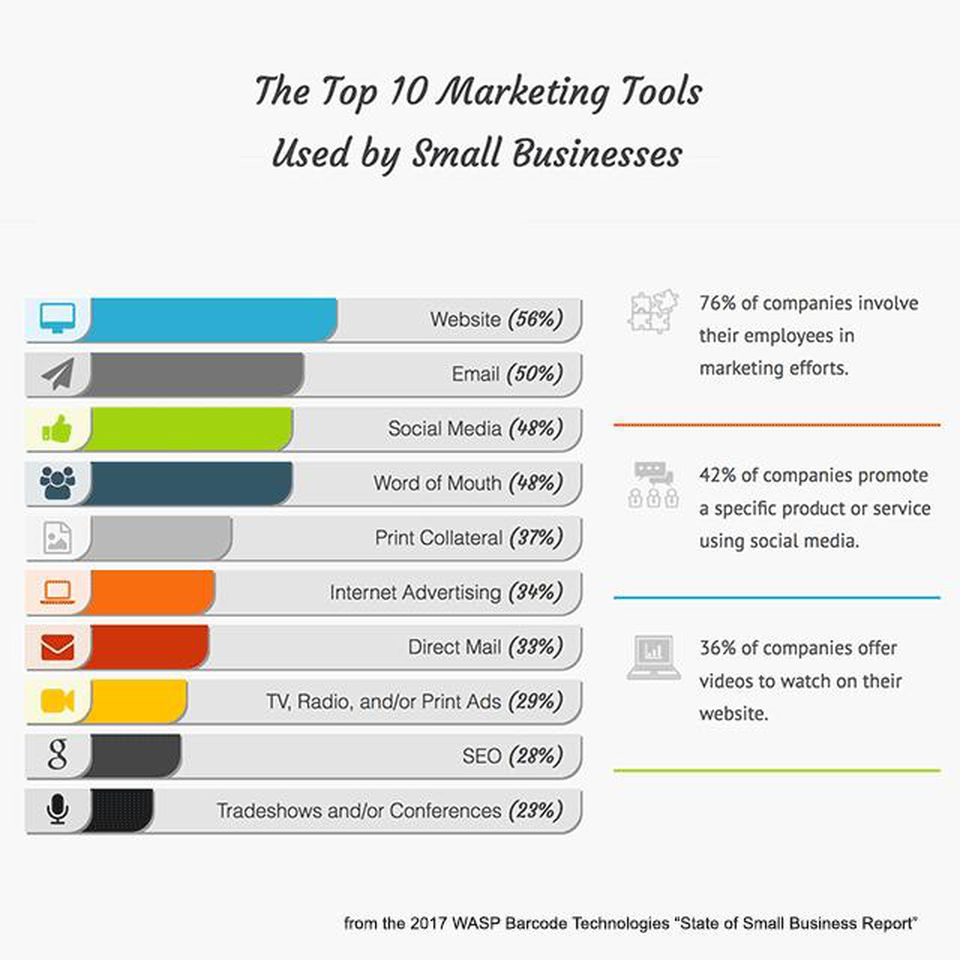10 Reasons Your Content Marketing Has Failed You never defined what success would look like in the first place.You haven’t even tried to incorporate SEO Tabpear

10 Reasons Your Content Marketing Has Failed

These ten issues are the usual culprits:
1 You never defined what success would look like in the first place.
It’s really hard to hit a target when you don’t know what the target is.
Duh, right? But as recently as 2016, 34% of B2B content marketers and 31% of B2C content marketers didn’t even know what success would look like.

You have to define what success will look like if you want to achieve it.CONTENT MARKETING INSTITUTE
Even now, in 2018, 47% of B2C and 54% of B2B content marketers say the metrics they track are not well-aligned with their content marketing goals.
MORE FROM FORBES
Civic Nation BRANDVOICE
Making A Difference For Student Parents And Children At LAVC’s Family Resource Center
Grads of Life BRANDVOICE
Google's IT Support Professional Certificate Goes To Community College

UNICEF USA BRANDVOICE
Why Migrants Flee Central America
This has to change if you want to be successful with content marketing. If you can’t measure what you’re doing, it’s almost impossible to improve your results.
2 You haven’t created content for every phase of the buyer’s journey.
Effective content marketing machines don’t create all their content for just one type of buyer. They don’t create all their content just for the very top of the sales funnel, either.
Sure, they’ll create some content to lure in brand new people. But they’ll also publish some content for people who are in the middle of their buying journey, and some for people who are close to the final buying decision.
If they’re smart, they’ll also create content for existing customers. This helps them retain those customers. It also opens the possibility for making those customers more profitable as they buy more.
This type of planning puts the breaks on “random acts of content”. It forces you to be strategic about the content you create.
The graphic below shows how different content formats are more or less suited to different phases of the buyer’s journey.
Successful content marketers publish content in more than one format.SMART INSIGHTS
3 You haven’t given content marketing enough time to get results.
Content marketing takes six months to begin to generate results. The best returns for it show up around twelve months.

Don’t expect overnight results from content marketing.HUBSPOT
If you’re used to pay per click, where sales often show up within an hour of turning on a campaign, six months is a long time to wait. That’s an awful lot of content to write and promote.
Content marketing is not a marketing strategy for the impatient.
4 You haven’t even tried to incorporate SEO.
We’ve covered how important metrics are to success. One of the most important one is website traffic.
To get that traffic, you need to do some search engine optimization.
Small businesses are particularly weak on this point. Only 28% of them do any search engine optimization. #missedopportunity
Too many small businesses are neglecting SEO.WASP BARCODE
5 You aren’t doing any lead generation or list building with your content.
Content marketing works best the fewer sales pitches it has, but doing a little strategic lead generation doesn’t have to feel salesy. It can be framed as just a natural next step after reading a piece of content.
Something like “if you liked this post, get our ebook about…” or “if you liked this post, take our online assessment for… “ are low-pressure ways to generate more leads or to build your email list.
Even if your company doesn’t do lead generation per say, you still need an email list. Even if you don’t intend to sell through your email list.
Know why?
Because social shares are declining. Actually, that’s wrong: They’re falling off a ski jump. According to research from BuzzSumo, the average article got a mere eight social shares in 2015.
Guess what the average was in 2017?
Four.
Four shares.
The average piece of content got four shares in 2017.
So why do you need an email list? It’s because social media is not a reliable way to promote and distribute your content. Even when people do share, most of them don’t read the content itself.
But people do still open and read emails.
Email is still an excellent content distribution tool. If you aren’t building your email list as part of your content marketing efforts, you’re missing out on the bulk of your results. And if you aren’t trying to generate leads from at least some of your content, you’re missing even more results.
6 Your content creation workflow is a mess.
What’s the difference between content marketers who succeed and those who don’t? Well, one of the biggest differences is how they rate the workflow of their content creation.
Successful content marketers – both in B2B and B2C – are five times more likely to rate their “project management flow during content-creation process as excellent/very good”.
Optimizing your content creation workflow is actually one of the best things you could possibly do to ensure success.
7 You don’t have buy-in and active support from the C-Suite.
This is tied to giving content marketing enough time to generate results, but it’s also a standard hazard for any project or long-term strategy in business.
Without an advocate in the C-Suite, your content marketing work may be subsumed into another project, may get its budget cut so badly it can’t work, or may get sidetracked, back-burnered or shelved in any one of a hundred ways. Pick any metaphor you want. It happens all the time.
The solution? Find a champion. Or become your own so convincingly that the C-Suite gives you license to rock.
8 You don’t have a documented content strategy.
“The most successful marketers have a documented content strategy.”
Have you heard this before? Did you heed it?
Because – really – the most successful content marketers are three times more likely to say they have a documented content strategy.
So please, develop a content strategy (even an imperfect one) and write it down. Don’t take a month to do it to make it perfect. You can knock out an imperfect content strategy in an afternoon if you have to, and definitely within a day or a weekend.
Improve it later. Improve it as you go. But at least have a plan. Otherwise you’re like an explorer without a map.
9 You aren’t publishing frequently enough.
There’s a lot of talk about “quality versus quantity” in content marketing. And while you cannot publish pap and expect to compete, you do also have to publish regularly and predictably.
Your audience needs to rely on you to publish at certain times. In email marketing, the sweet spot for sending email newsletters is at least every two weeks. I’d say that’s the very minimum interval you can publish at and still stay top of mind.
Of course, there are exceptions to this. Backlinko’s Brian Dean has an admirable content operation, and he only publishes once a month. But Brian’s posts are epic, crammed with unique, heavily researched content, and usually born from original research. Brian spends about 20 hours on each post.
If you can deliver that caliber of work, sure – try publishing once a month. The rest of us need to publish at least every other week, and preferably once a week or more. And the best returns go to marketers who publish even more than that.
According to research from HubSpot, the more often companies publish, the more results they get.HUBSPOT
10 You’re publishing mediocre content.
Notice I didn’t say “bad content”. Now, even mediocre content isn’t enough to generate results.
So what makes for good, or even great content? Here are some characteristics:
Your audience loves it. Your content speaks directly to what they care about, in the same language and tone they speak in. Get this right, and you’ll overcome many other shortcomings.
It is easy to understand. Never forget: the average American reads at about a 5th-grade reading level, and even MBAs prefer clear writing. Easy to understand also means easy to scan, so include headers, subheaders, images, and bullet points.
It serves the needs of your audience over the needs of your company. In other words: Teach, don’t sell.
It is in a format your audience likes. Are they readers, or do they prefer video? Do they like infographics, calculators, or whitepapers?
It is useful. You go into enough detail to truly help people.
It has plenty of examples and is actionable. Pictures are nice, but examples usually illustrate ideas better.
Tabpear is a Software Technology Co., Ltd which has many domestic excellent e-commerce platform R & D teams and mobile R & D teams. We divide the software engineer teams into several levels according to the project development experience. Level one is more than 3 years of development experience. Level two is more than five years of development experience. Level three is more than 10 years of development experience and Level four is expert team which has more than five participating in research projects, Invention patents and software copyrights of 6 or more, published in the core periodicals more than 10 papers. There is also a team ,working at cloud computing and service computing including four doctors, seven masters and 23 persons who have master's degree.
所有评论仅代表网友意见
